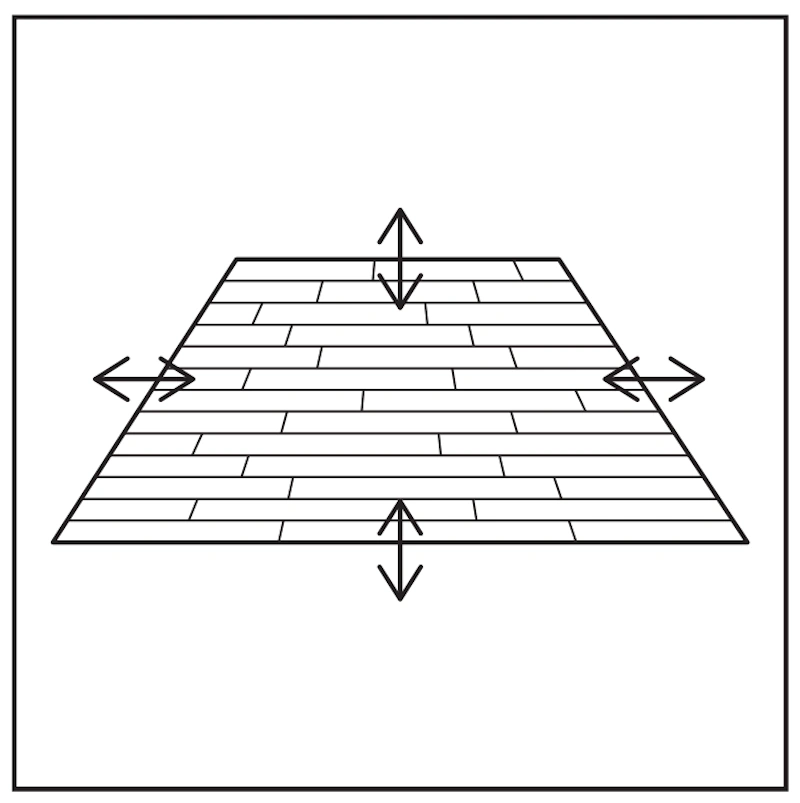Expansion Gaps
When it comes to installing floating floors, the importance of expansion gaps cannot be overstated. These gaps, often overlooked are critical to the longevity of your flooring. They allow for the natural expansion and contraction of your flooring and home due to temperature and humidity changes. In this blog post, we’ll delve into the significance of expansion gaps, variations among manufacturers, and the potential issues that can arise if proper precautions aren’t taken.
Variability in expected Expansion Gaps:
The first consideration when installing floating floors is the manufacturers recommended expansion gap. As highlighted earlier, these requirements can vary between brands and materials. Quickstep and Pergo laminate installations typically demand an 8mm gap, while timber counterparts may necessitate a 10mm allowance. Adhering to these specifications ensures the flooring can adapt to temperature and humidity changes without compromising its structural integrity.
Covering the Expansion Gaps:
Once the correct expansion gap is determined, it’s essential to cover it adequately. Skirting or finishing profiles are commonly used for this purpose. However, the cover must be 4-5mm larger than the expansion gap to allow for any movement without compromising the aesthetics of the flooring. While most high-spec homes incorporate appropriately sized skirting’s, some spec homes or existing structures not originally designed for hard flooring may have skirting’s as narrow as 10mm.
Addressing Skirting Size Issues:
In cases where existing skirting’s are too narrow, a solution is available. The gib can be undercut to provide the required expansion gap. This meticulous adjustment ensures that the flooring has the space it needs to expand and contract without encountering any hindrances.
Understanding the Dynamics of Timber-Framed Houses:
Timber, a material highly sensitive to temperature and humidity fluctuations, is used extensively in the construction of frames for many houses. As these timber-framed structures respond to environmental changes, they undergo subtle movements that can impact the flooring. Without adequate expansion gaps, the flooring becomes susceptible to the effects of these shifts, leading to potential pinch points.
The Dangers of Pinch Points:
A pinch point occurs when the flooring, lacking a sufficient expansion gap, encounters resistance due to expansion or contraction. This pressure can lead to a range of issues, from noticeable gaps between boards to more severe problems like swelling or buckling of the entire floor. In essence, a single pinch point can have a domino effect, affecting the integrity of the entire floating floor.
Conclusion:
In the world of floating floors, expansion gaps are not just a technicality but a fundamental aspect of proper installation and maintenance. By understanding the variability in gap requirements among manufacturers, ensuring adequate coverage, and addressing potential issues with skirting size, homeowners can safeguard their investment and enjoy the beauty and durability of floating floors for years to come.


